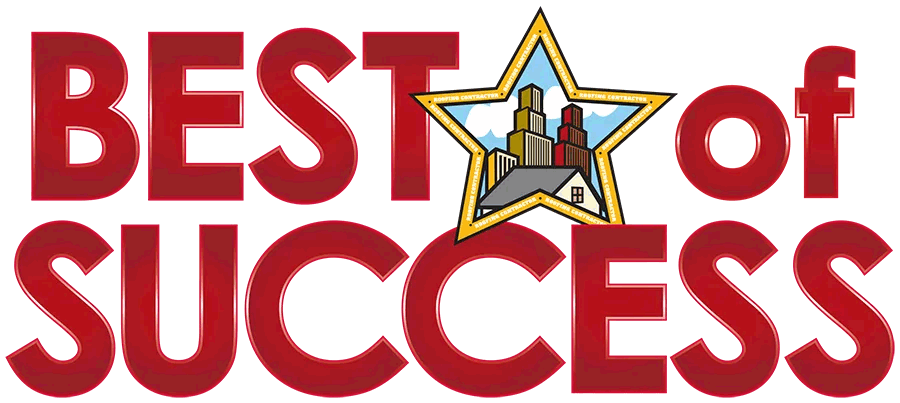Christine Clearwater, president of Drug Free Solutions Group LLC (DSG), brought forth an interesting and unique topic to attendees at this year’s Best of Success conference. Her session, “Legally Addressing Marijuana in Your Workplace,” focused on educating employers on marijuana and other harmful drugs, and their options when it comes to creating specific definitions, rules and procedures on testing employees for various drugs.
Established in 2000, DSG is a risk management-loss consulting firm that offers a variety of workplace programs centered on creating a drug-free work environment. The company specializes in employee education, policy creation and organizing drug and alcohol testing in the workplace. Before joining DSG, Clearwater ran her own consulting firm for several years until she became vice president and director of RSA Consulting Services, which specializes in workplace drug-abuse prevention.
Right from the beginning, Clearwater’s session aimed to educate attendees on the alarming facts and figures. A few statistics worth noting included the 500 percent rise of prescription drug abuse between 2000 and 2014. Perhaps, more sobering: Although the U.S. houses only 5 percent of the world’s population, it accounts for 75 percent of the prescription drugs consumed globally. Clearwater called the figure alarming, but not as devastating as the ongoing heroin epidemic in this country. Clearwater explained that the heroin problem — which has been partly credited to the over-prescribing of opioid painkillers — is responsible for overtaking many rural cities throughout America. She said 45 percent of current heroin users are addicted to opioid painkillers.
“We have two epidemics that have been a tsunami across the United States and that are actually interrelated … We have a prescription drug epidemic in the United States. Over 259 million prescriptions were written last year alone. We also have a heroin epidemic. Really the reason it’s come in so fast is because of the prescription drug epidemic. It’s in all our cities, all our states and all types of people,” Clearwater said.
She detailed further that 15 million people took a prescription drug for the first time without a medical prescription in 2015, which rounded out to about 41,000 people a day taking a prescription not intended directly for them. “Which, by the way, is against federal law,” she added.
After touching on the facts of other drugs, Clearwater elaborated on marijuana specifically by explaining its chemical properties and its effect once ingested. She also debunked several questionable ‘underlying truths’ associated with usage. She adamantly explained to attendees, “This is not a moral or ethical issue, it’s a business decision.”
Though currently legal in several states for both recreational and medicinal purposes, marijuana is still classified as a Schedule I drug, meaning it exhibits the following: a high potential for abuse, no currently accepted medical use, and has a lack of accepted safety. On Aug. 18, federal officials stated that although it will remain on the Schedule I list, they’re open to more laboratory research to gain further insight into its benefits and harms.
“Marijuana is around, and it isn’t going anywhere,” said Clearwater. “The question is, how do we want to handle it? And how is this going to play out from a legal perspective, social perspective, health perspective, etc.” One thing’s for sure, the national debate about marijuana use is evolving and the future is certainly unknown. In the November election, voters in four more states (California, Maine, Massachusetts and Nevada) approved measures to legalize recreational marijuana, bringing the total number to eight.
Clearwater also left attendees with a distressing figure regarding the roofing and construction industry — that 17 percent of America’s workforce has a substance abuse problem, and among construction workers, that number rises to about 32 percent. She concluded by urging attendees to create drug-related policies and programs of their own, and highlighted five key components of a good program: refining policies and procedures; educating employees; training managers; completing drug and alcohol testing; and providing access to support for those who need it.




Report Abusive Comment